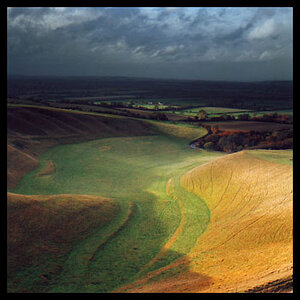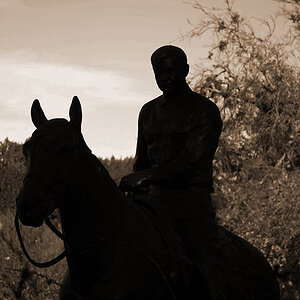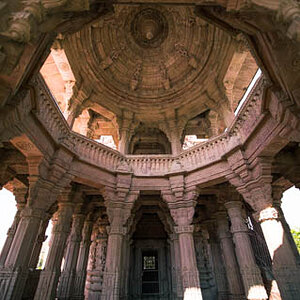Grandpa Ron
Been spending a lot of time on here!
- Joined
- Aug 9, 2018
- Messages
- 1,156
- Reaction score
- 703
- Can others edit my Photos
- Photos OK to edit
I have restored a 4x5 view camera. If I base the lens on a diagonal measure of 6.4 inches I would need a 162.5 mm lens.
I have a 128 mm lens that would be a focal length of 5 inches, a bit of a wider angle lens.
If my light meter indicates 1/100 sec. at f 16, do I need to compensate for the shorter bellow length?
I am not sure what bellows length factor means.
I have a 128 mm lens that would be a focal length of 5 inches, a bit of a wider angle lens.
If my light meter indicates 1/100 sec. at f 16, do I need to compensate for the shorter bellow length?
I am not sure what bellows length factor means.







![[No title]](/data/xfmg/thumbnail/42/42326-1e75ade9716f7e863d85def8d13cf591.jpg?1619740127)


![[No title]](/data/xfmg/thumbnail/31/31751-fb2f68cca32f9eec468dbde7d649840f.jpg?1619734990)


